To mark this year’s International Women’s Day on 8th March, we hear from Danaë Vassiliades, an Entomology Curator at Forest Research.
My name is Danaë and I have an inordinate fondness for all things six-legged! I have a particular interest in beetles (Coleoptera), and recently completed my MSc in Taxonomy, Biodiversity and Evolution at Imperial College London and the Natural History Museum for which I wrote my thesis on the changing distribution of two beetles in the British Isles.
Invertebrates (or ‘creepy crawlies’ for want of a better colloquialism, though I am hesitant to use it given the negative connotations!) have been a fascination for me for a very long time. I vividly remember watching stag beetles in the garden as just a toddler, and throughout my childhood conducted various and sometimes ill-fated experiments with ant farms, jars of worms and shoeboxes full of woodlice. Another favourite activity involved marking the shells of snails with nail varnish so that I could identify those that would return to my garden year on year.
However, it wasn’t until it came to choosing my A-levels that it clicked with me that I could turn this captivation into a potential career path. I went on to do my BSc in Biology at the University of Bristol, before specialising further in insect taxonomy during my MSc.
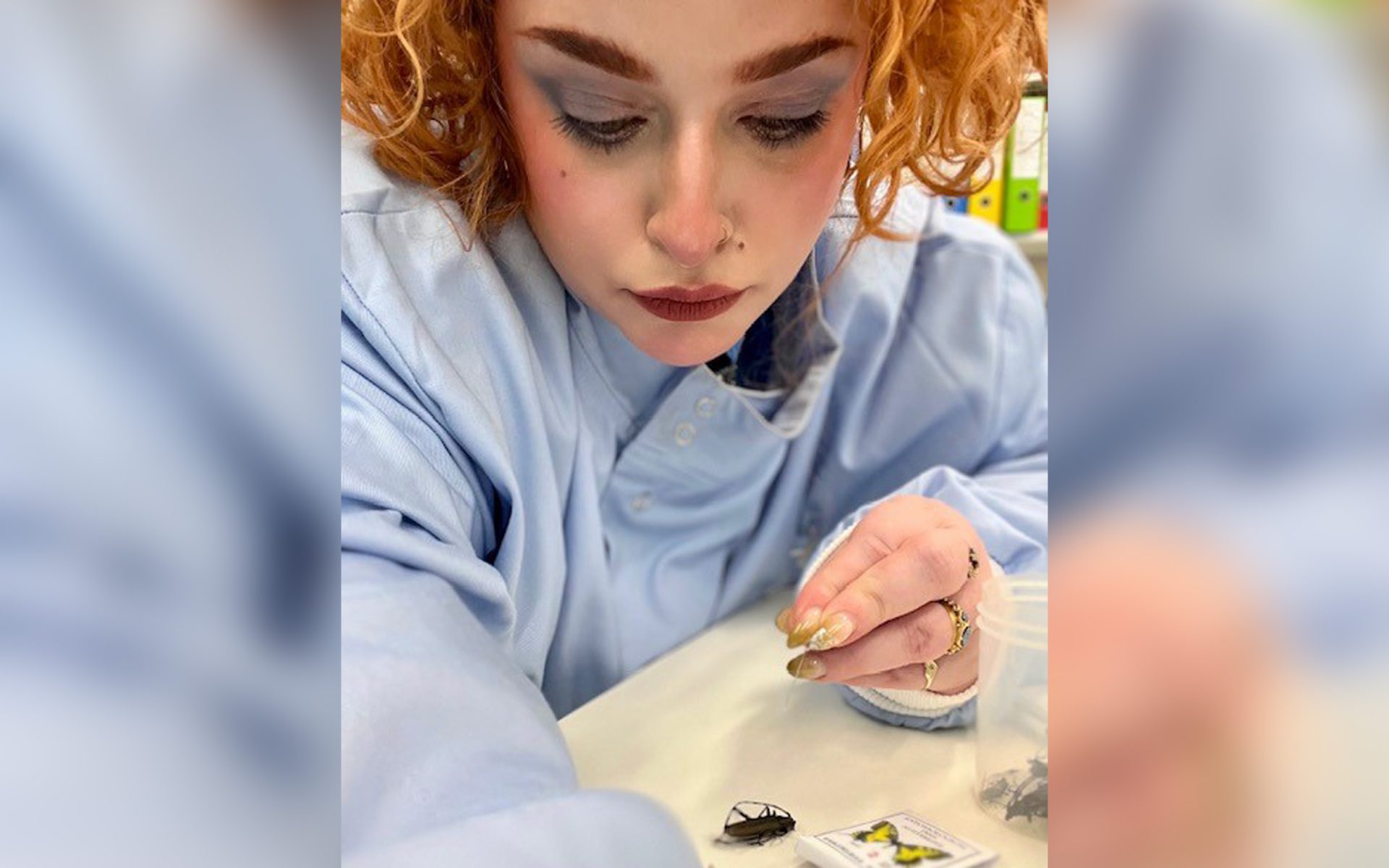
Unlike some people, I didn’t know that I wanted to be a scientist until my late teens, and I don’t think that’s necessarily a bad thing. I think it’s important for young people to find themselves a bit before worrying about a career path.
Fast forward to today, and I am now one of two entomology curators at Forest Research’s Alice Holt Research Station in Surrey, which means I take care of the preserved insect collections.
The bulk of the collection is composed of dry pinned insects; but we also hold wet specimens, microscope slides and a collection of wood samples displaying insect damage. All this material holds an amazing amount of important data that photographs or written descriptions would not be able to provide.
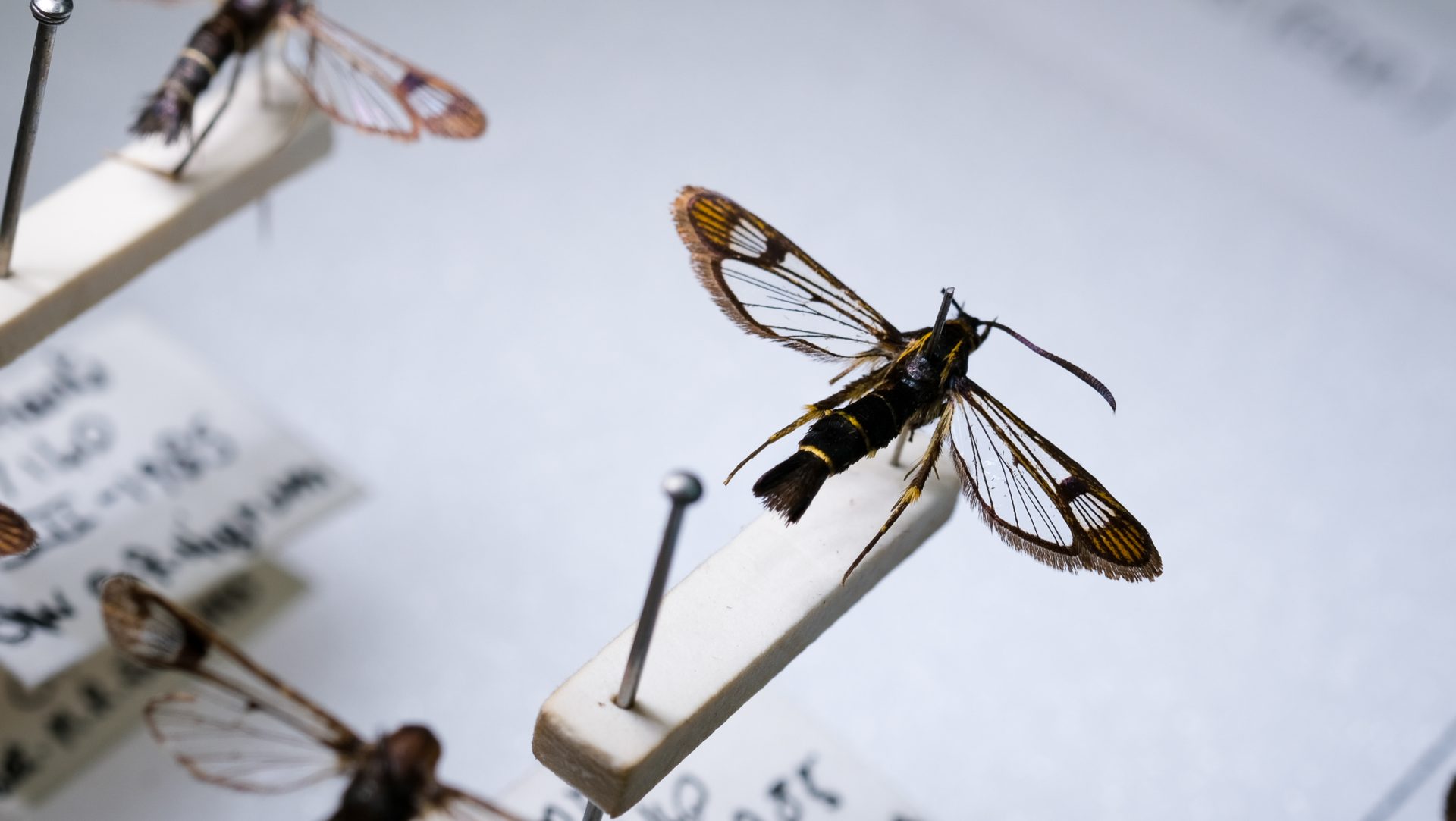
A main focus of my job is to incorporate new insect material into the collections. Quite often this includes insect material that is ‘new’ in the sense that it has recently been donated to us. It may actually be quite old in terms of when it was collected. In the case of dry pinned insect material, everything must first be frozen to eliminate pests such as Anthrenus beetles, which feed on specimens, before I can add them to our database and transfer them over to museum standard storage drawers. It’s sort of funny to think that one of the biggest threats to an insect collection is insects themselves. At this point I make sure all the new material has the correct official names (known as taxonomic nomenclature) and make any necessary changes.
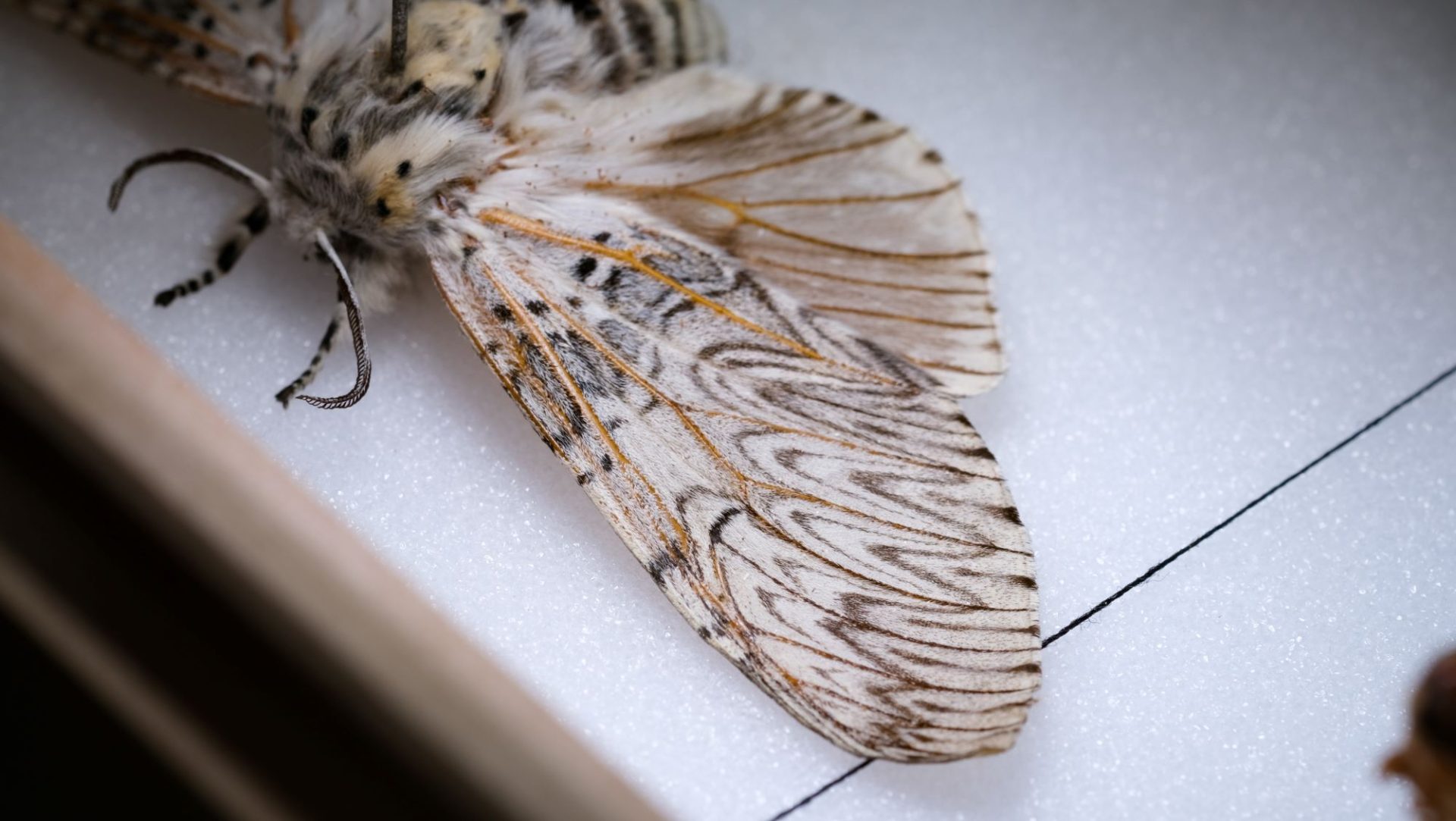
If I receive material that hasn’t been prepared yet, I mount the insect onto a pin or card and label it with all the relevant information. Since the collection is a scientific resource that was made to be used, I also help other staff to navigate the collections so that they can study our specimens and make the most of our data, as well as train staff in making their own contributions to the collection by teaching them how to preserve insects for many years to come.
There’s so much that goes into caring for entomological collections, and that means that every day is different and presents new challenges to overcome. My job gives me the opportunity to make something I’m passionate about accessible to other people, as well as helping to inform important research that will continue to have an impact on how we care for our environment.
And for other women or girls thinking about a career in science? I would say, remain resolute in the face of adversity and speak up: your ideas are valuable so make sure they are heard, even when you’re the only woman in the room.
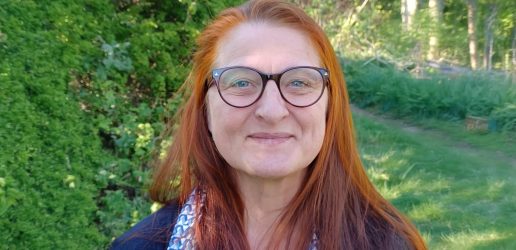
Forest Research has announced that Dr Bianca Ambrose-Oji, currently Head of its Society and Environment Research Group, will succeed Professor Chris Quine FRSE as Chief Scientist from June 2025.
England’s non-woodland trees have been mapped for the first time, revealing these trees make up nearly one third of our nation’s tree cover.
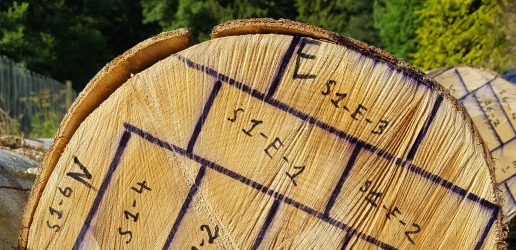
Forest Research, in partnership with Edinburgh Napier University, have taken a first step in systematically assessing the timber potential of underutilised species in the UK.

Forest Research has announced that Dr Bianca Ambrose-Oji, currently Head of its Society and Environment Research Group, will succeed Professor Chris Quine FRSE as Chief Scientist from June 2025.
England’s non-woodland trees have been mapped for the first time, revealing these trees make up nearly one third of our nation’s tree cover.

Forest Research, in partnership with Edinburgh Napier University, have taken a first step in systematically assessing the timber potential of underutilised species in the UK.